ASUS ExpertCenter PN42 Performance
This is the same Intel N200 we have seen a number of times from the Alder Lake-N series.
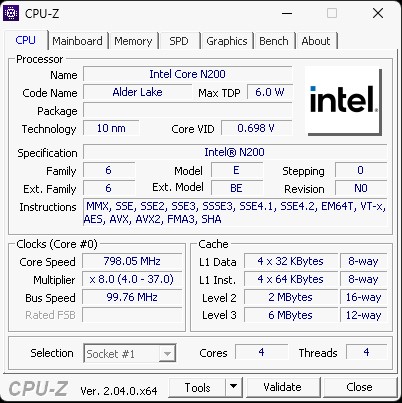
We have run these under Windows before. Of the N series CPUs, the Core i3-N305 with 8 cores seems to be better. We also ran into challenges with the 4GB of memory.
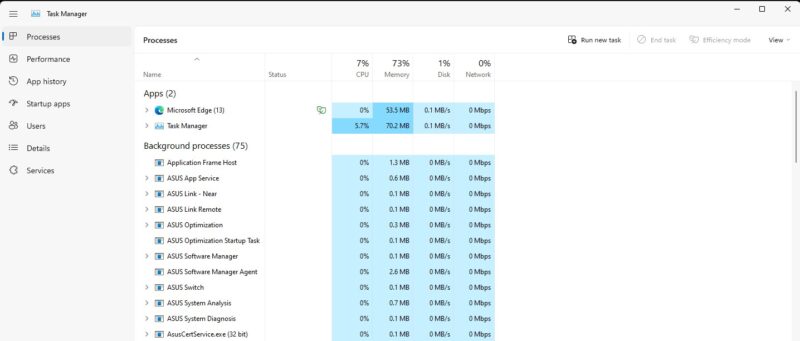
After a few runs, we ended up making a configuration change and running everything with an 8GB DDR4-3200 SODIMM because the 4GB was proving to be too little. We also ran Ubuntu linux for our normal suite as well as Windows for Geekbench on this system.
Python Linux 4.4.2 Kernel Compile Benchmark
This is one of the most requested benchmarks for STH over the past few years. The task was simple, we have a standard configuration file, the Linux 4.4.2 kernel from kernel.org, and make the standard auto-generated configuration utilizing every thread in the system. We are expressing results in terms of compiles per hour to make the results easier to read:
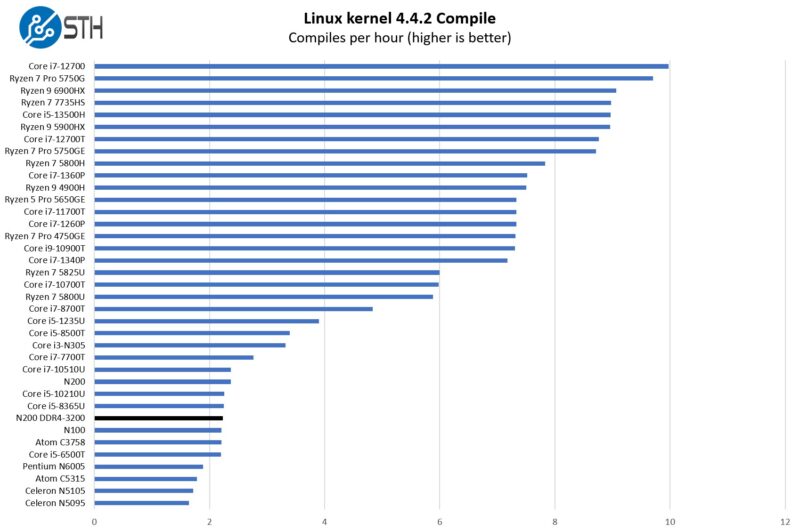
On this chart, we have two results. One is a N200 result, the other is a N200 DDR4-3200. We have tested the N200 previously with DDR5 and we wanted to show that compared to this unit. Realistically, the lower-speed DDR4 was part of this as well as the power limits imposed by the platform.
7-zip Compression Performance
7-zip is a widely used compression/ decompression program that works cross-platform. We started using the program during our early days with Windows testing. It is now part of Linux-Bench.
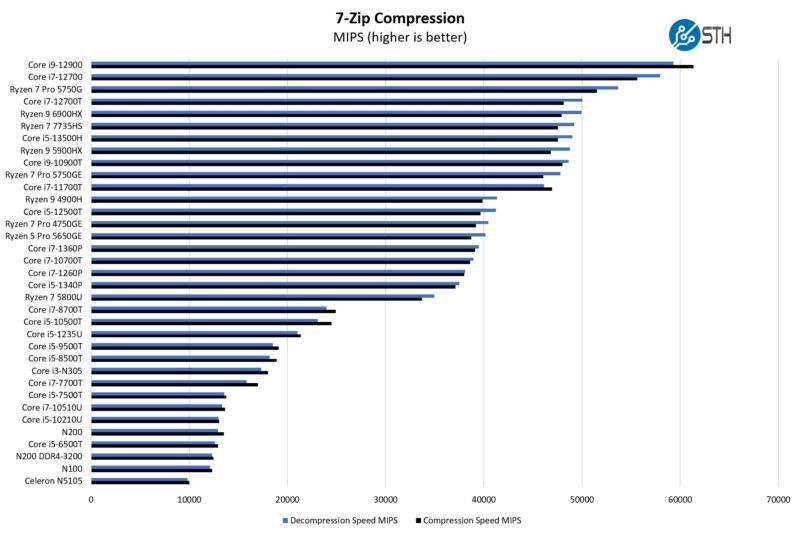
On the 7zip side we saw a similar performance delta using DDR4.
OpenSSL Performance
OpenSSL is widely used to secure communications between servers. This is an important protocol in many server stacks. We first look at our sign tests:
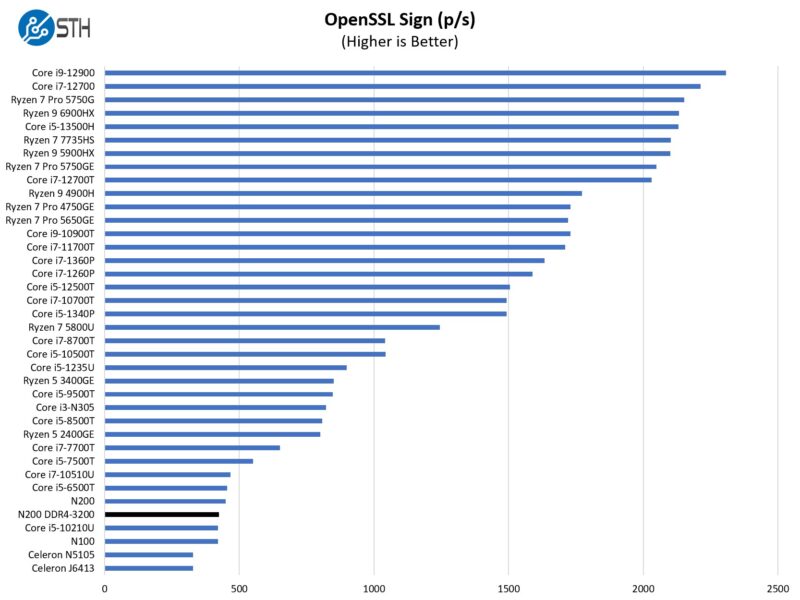
Here are the verify results:
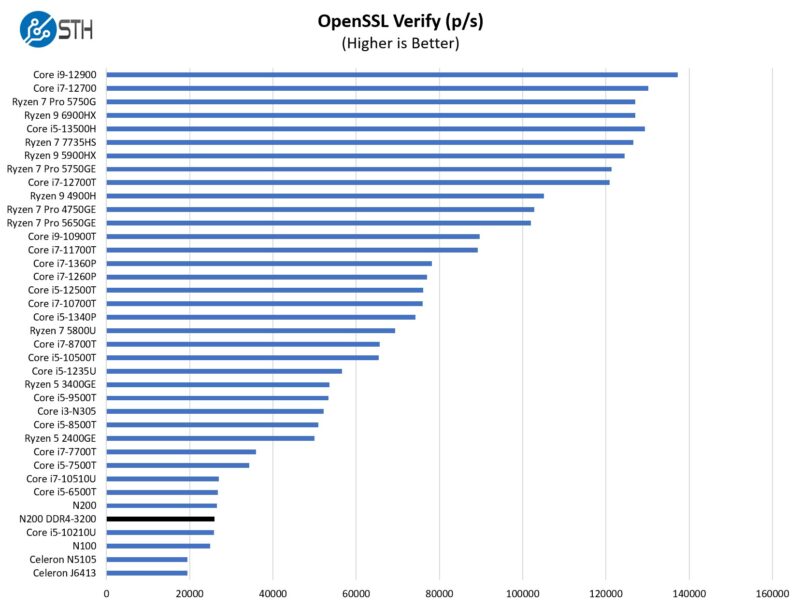
On the OpenSSL side, we saw this was again slower than the DDR5 N200 implementation. Our sense is that ASUS is tuning more for lower power operation than it is for all-out chip performance with this system. That makes sense given the form factor.
Geekbench 5 Performance
We ran this system and are using an ASUS PN51 as a comparison point.
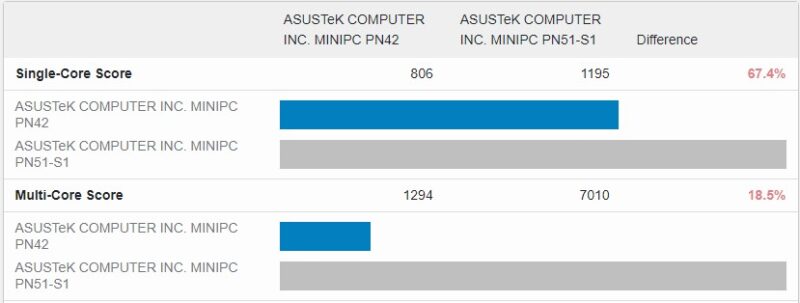
The PN51-S1 is a much higher power system, so we would expect it to perform significantly better, and it did.
Next, let us get to the power consumption.




Ok, Real World. My Neosway 5105 beat the N200. first, it was 2 GHz and the N200 is listed as 1 GHz. When running CPU-intensive apps (Playon recording from On Demand and Video Download helper recording 4k video) the 5105 clocked at 60% to 70% of CPU, the N200 smashed 100% and stayed there and mostly failed the recording.
At bottom of page 3 there is Geekbench 5 comparison between this and Asus PN51-S1. Can you clarify which CPU the selected configuration had? I have PN51-S1 with 5500u but it comes with other CPUs too.
Are you in contact with ASUS and can get a list of SKUs/part numbers with the different configurations available?
There are different versions available, e.g. not all versions have a second LAN port.
ASUS support was unable to provide a list to me.
A wasted opportunity.. the market is flooded with the low-price low-low-corees boxes.
What people, especially homelabbers are screaming out for.is more cores.. and this was the perfect opportunity to use the N305, which offer 8 cores.. and though Intel states max 16GB RAM… it works really well.with 32GB… and.i’m wondering if 48GB would also fly.